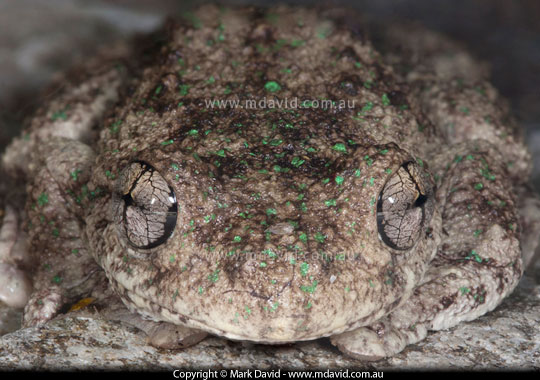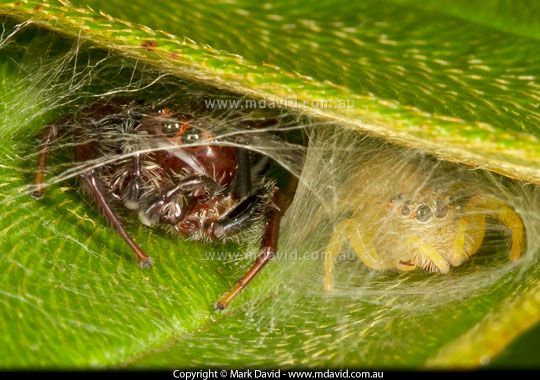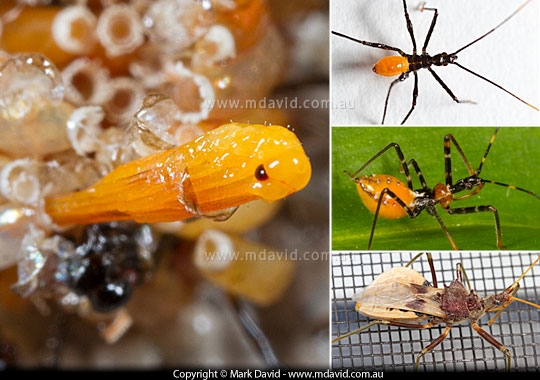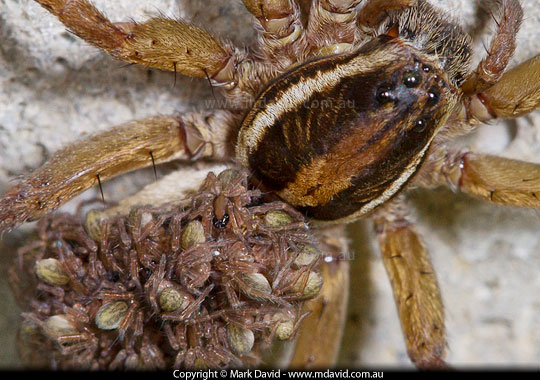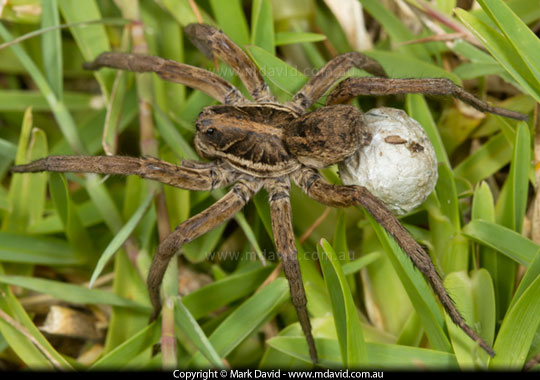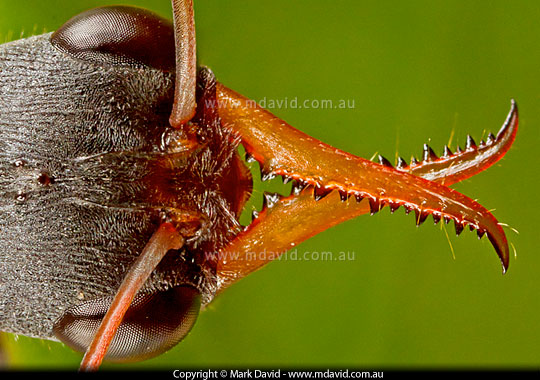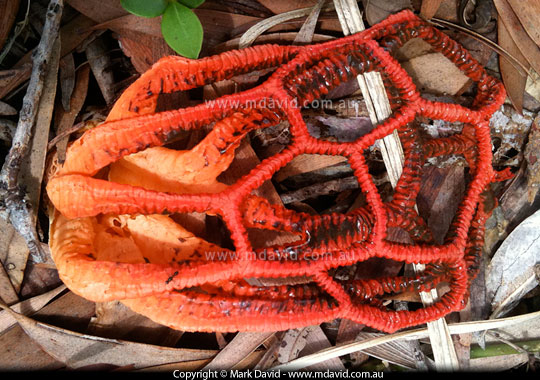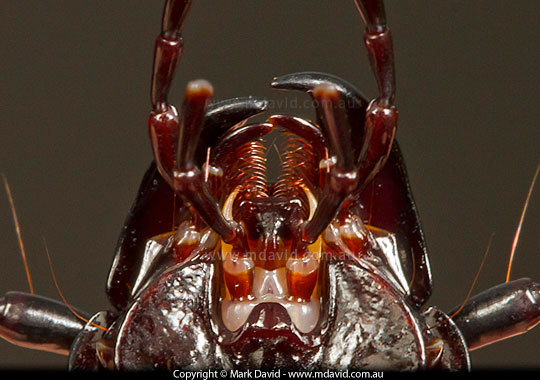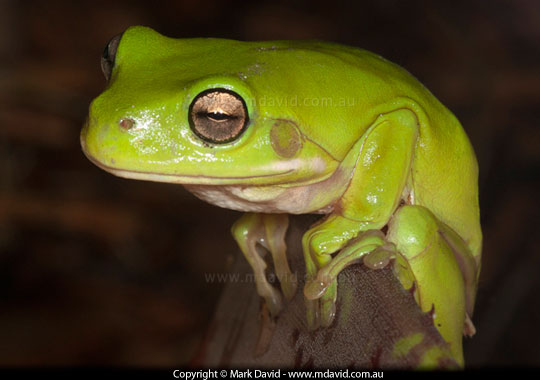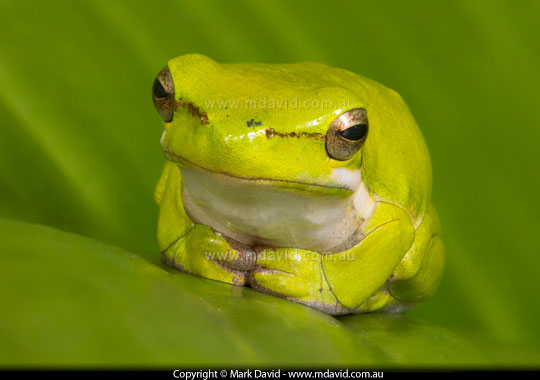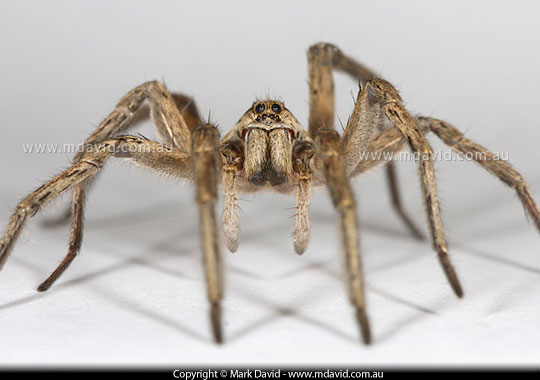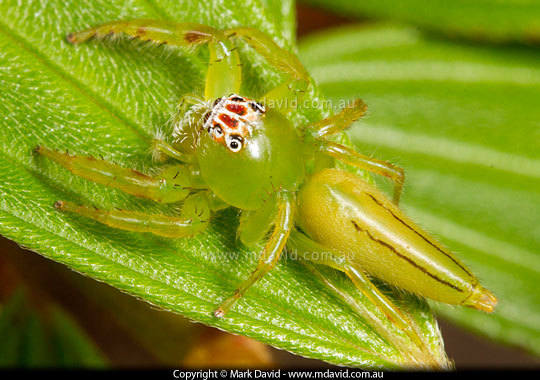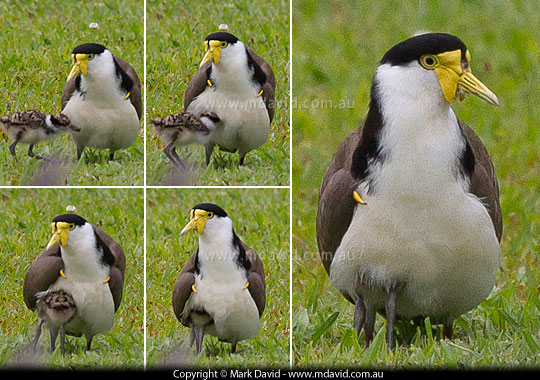
PAGE 1 | PAGE 2 | PAGE 3 | PAGE 4 | PAGE 5
Photo 14

This freshwater turtle gave me a good opportunity to take some close-up portrait photos after I rescued it from a dog. There are lots of different types of freshwater turtles in Australia, with 26 species identified and named by scientists. We used to call them tortoises, but now the word tortoise is normally reserved for the land-dwelling ‘true’ tortoises of other regions.
